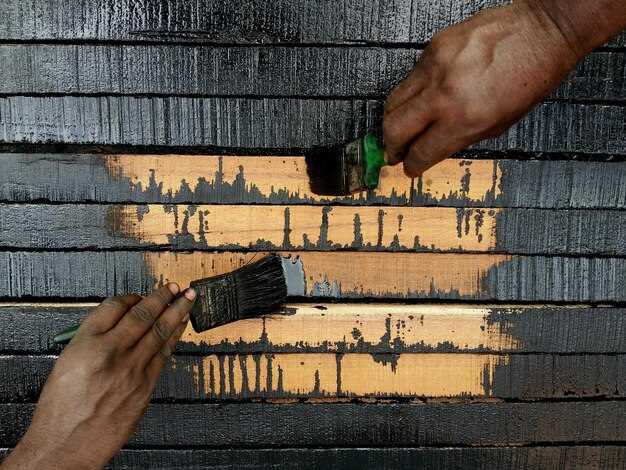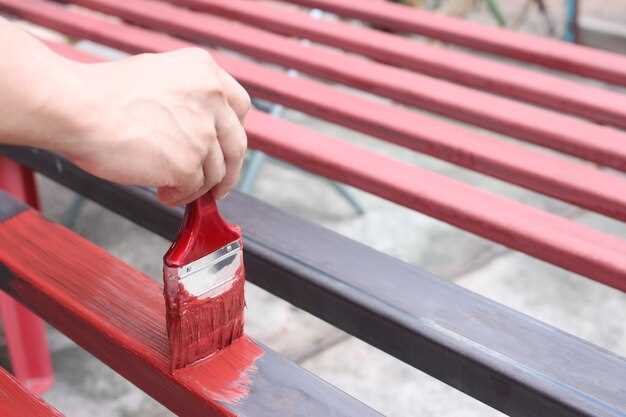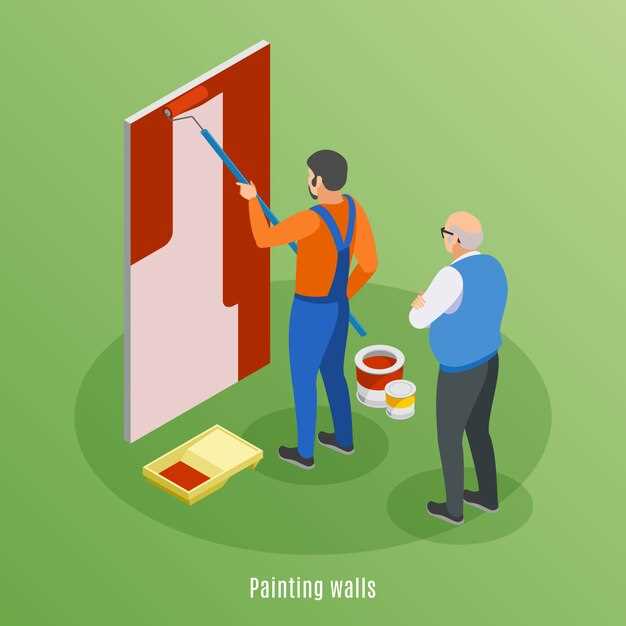
One of the most common indicators of inadequate vehicle repair is paint mismatches. When vehicles undergo bodywork, ensuring a uniform color finish is crucial not only for aesthetic reasons but also for preserving the vehicle’s value. A significant color deviation can suggest that the repair has not been executed with the same quality as the original manufacturing process. This discrepancy often leads to further damage to the vehicle’s integrity and appearance over time.
In addition to paint mismatches, panel alignment problems frequently arise during repair processes. Misaligned panels can create gaps that allow contaminants to infiltrate, leading to rust and accelerated deterioration. These issues not only impact the vehicle’s overall look but also its functionality. Proper repair of these elements is vital to maintaining a vehicle’s safety and performance. It is essential for both technicians and vehicle owners to recognize and address these issues promptly to prevent further escalation.
By understanding the implications of paint mismatches and panel alignment, vehicle owners can take proactive steps towards ensuring their repairs meet industry standards. Awareness and early detection are key in preventing long-term issues that could result from neglecting these critical aspects of automotive maintenance.
Identifying Common Causes of Paint Mismatches

Paint mismatches can significantly affect the overall aesthetics of a vehicle, making it crucial to identify their common causes. One primary source of paint mismatch often arises from damage sustained during an accident. When body panels are repaired or replaced, the paint used may not perfectly match the original color due to variations in the mixing process or different paint suppliers.
Another factor contributing to mismatches is the fading of paint over time. UV exposure, environmental conditions, and the quality of original paint can lead to color degradation, which may not be accounted for during repairs. When older paint is combined with fresh paint, the disparity becomes evident, creating a noticeable contrast.
In some cases, the issue may stem from improper paint application techniques during the repair process. This includes insufficient surface preparation, inconsistent spray distances, or incorrect layering, which can affect the paint’s final appearance. If the repair doesn’t adhere properly to the metal surface of the body, it can result in differences in sheen or hue.
Moreover, variations in temperature and humidity during painting can also influence the finish, leading to discrepancies. Different paint batches may have slight variations due to production differences, which can become problematic when blending sections of the vehicle’s body after repair.
Understanding these causes is essential for achieving a seamless paint job that preserves the vehicle’s integrity and aesthetics. Addressing these issues at their source helps ensure that repairs not only restore functionality but also maintain the visual coherence of the entire vehicle.
Techniques for Achieving Proper Panel Alignment

Proper panel alignment is critical for both aesthetic appeal and structural integrity in automotive repair. Incorrect alignment can lead to indicators of damage, such as uneven gaps, misfit panels, and compromised safety features. To achieve optimal alignment, several techniques can be employed.
Firstly, a thorough inspection of the vehicle’s frame is essential. Utilizing frame alignment tools can help identify any structural discrepancies. If the frame is bent or warped, corrective measures should be taken to repair the damage before moving on to panel alignment.
Secondly, during the panel installation process, utilizing shims can aid in achieving precise alignment. Shims can fill gaps or adjust heights, allowing for the panels to sit flush against each other. This technique not only improves aesthetics but also helps prevent future repair situations stemming from improper fitment.
Thirdly, employing a laser measuring system can enhance accuracy. This technology provides precise measurements and indicators, enabling technicians to make informed adjustments. By ensuring each panel aligns with the manufacturer’s specifications, the likelihood of damage occurring during use is significantly reduced.
Additionally, adjusting the mounting points of each panel can be beneficial. Loosening and repositioning these points can help achieve a better fit. After adjustments, it’s vital to check the alignment again, ensuring that all panels sit correctly with even spacing and smooth transitions.
Lastly, conducting a visual inspection after repair is crucial. Any remaining misalignments or inconsistencies should be addressed promptly. Regular quality checks not only improve the overall appearance of the vehicle but also prevent future issues related to panel alignment.
Evaluating Damage Indicators for Accurate Repairs
When addressing issues related to vehicle body repairs, accurately evaluating damage indicators is crucial for ensuring optimal results. Damage can vary dramatically in severity and type, making it essential to identify specific indicators that will guide the repair process.
One of the primary damage indicators to consider is the visual assessment of the affected area. Scratches, dents, and paint discrepancies can signal underlying issues that need attention. A thorough inspection helps in determining not only surface damage but also structural integrity, which may be compromised due to underlying impacts.
Panel alignment is another significant damage indicator. Misaligned panels can suggest structural distortion, which necessitates comprehensive analysis. Checking gaps between panels is essential; uneven gaps may indicate more severe damage that could affect the vehicle’s overall performance and safety.
Furthermore, utilizing diagnostic tools can enhance the evaluating process. Tools that measure frame alignment and structural integrity can provide more precise insights into the damage extent. This information is invaluable in planning the correct repair procedures, ensuring that all issues are adequately addressed.
In summary, assessing damage indicators such as visual clues, panel alignment, and using diagnostic equipment is fundamental in submitting accurate repair estimates and executing high-quality repairs. By focusing on these aspects, professionals can enhance the effectiveness of their repairs and uphold safety standards in vehicle bodywork.




